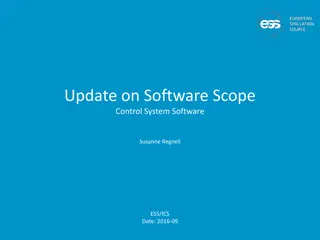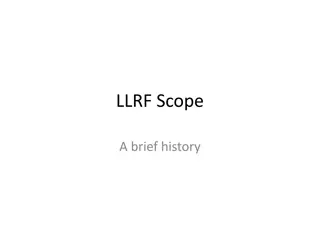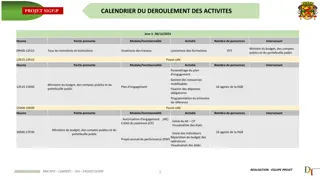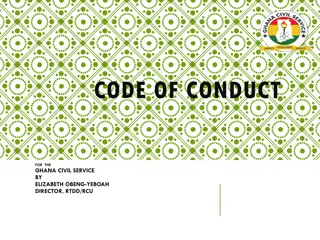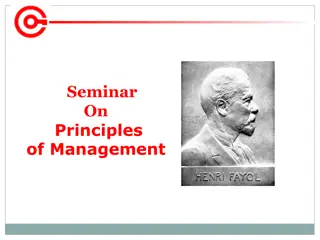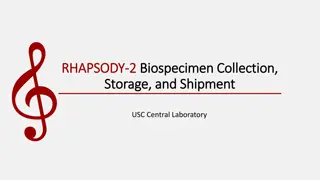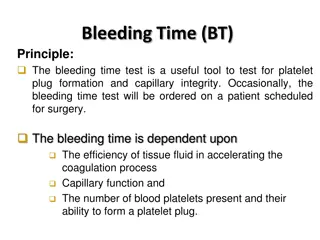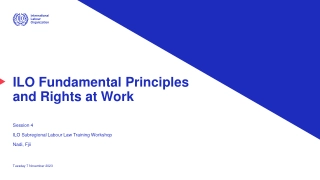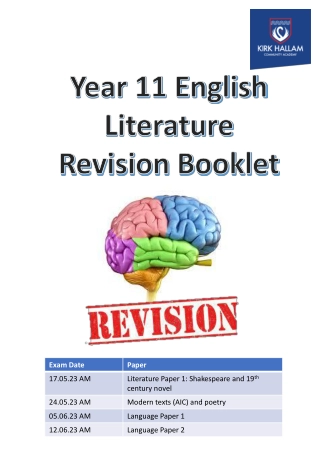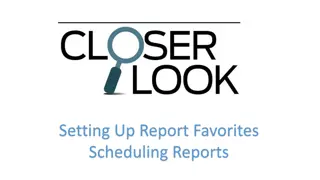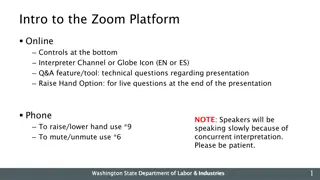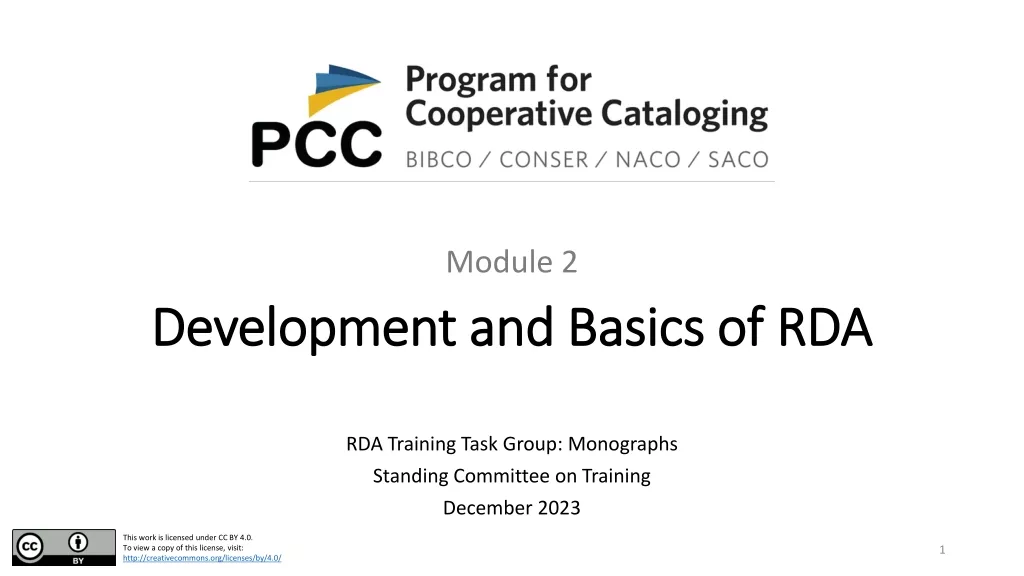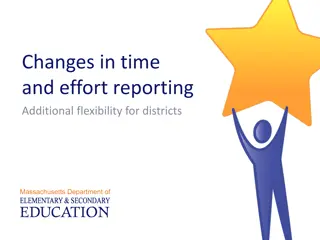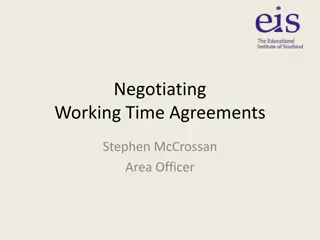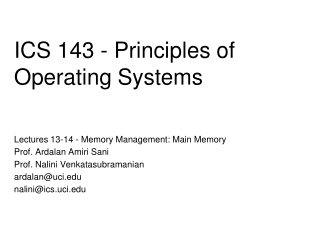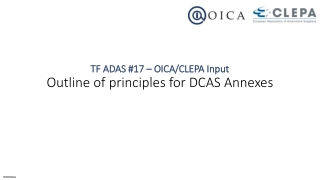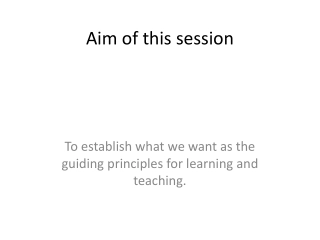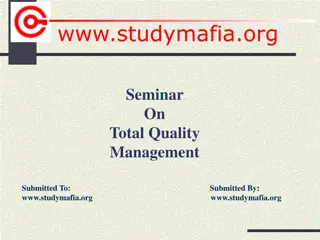Principles for ESS Time Schedule & VDER Usecase.
Exploring the principles and key components of the VDER program, including ESS time scheduling and value stack compensation. The VDER components such as E-value, LSRV, DRV, Energy Value, and ICAP are discussed alongside the MCOS studies that assess marginal system cost reductions due to distributed generators. The importance of MCOS in calculating Value Stack compensation is highlighted, emphasizing the need for updated cost estimates to reflect the evolving landscape of distributed energy resources.
Download Presentation
Please find below an Image/Link to download the presentation.
The content on the website is provided AS IS for your information and personal use only. It may not be sold, licensed, or shared on other websites without obtaining consent from the author. Download presentation by click this link. If you encounter any issues during the download, it is possible that the publisher has removed the file from their server.
Uploaded on Mar 22, 2024 | 1 Views
Presentation Transcript
Principles for ESS Time Schedule & VDER Usecase July 19, 2023
Agenda VDER Overview MCOS Proceeding Prioritizing Competing Core ESS Principles
VDER VDER Components E-value (Environmental value) - Same statewide ($/KWh) LSRV (Locational System Relief Value) DRV (Demand Reduction Value) Energy Value (LBMP) Capacity Value (ICAP) DRV (Demand Reduction Value) Each utility's $/kW-year value is converted to $/kWh by dividing by the number of hours in each utility's annual DRV window. The DRV value is locked in for the first 10 years of a project, after which it is transitioned to the current rate. LSRV (Locational System Relief Value) LSRV is credited based on dispatch during at least 10 peak-period calls per year. Call must occur in the DRV window (or other specified window) with a 21-hour advance notice and last 1-4 hours. Capacity (ICAP) similar to the capacity credit currently provided under NEM, changes monthly. Has 3 alternatives, eligibility based on technology type Energy (LBMP) the current wholesale energy price, changes hourly
DRV/LSRV & ICAP Windows DRV & LSRV Windows All JU members (except ConED) = JU* Con Edison - ConED PSEG-LI = PSEGLI TOD/TOY June 24th - Sept 15th June 1st August 31st January 13:00 to 18:00 JU* (NG, CenHud, NYSEG, RG&E, O&R) PSEGLI 17:00 to 19:00 NYSEG 4 x 4-hour windows ConED (11-3 PM, 2-6 PM, 4-8 PM, 7-11 PM) ICP Windows TOD/TOY June 24 to August 31 14:00 to 18:00 Alternative 1 & 2 Single peak hour of the year Alternative 3 (Standalone ESS)
Marginal Cost of Service Studies (MCOS) Proceeding Value Stack Compensation Order required investigating likely marginal distribution system cost reductions attributable to electricity injections from VDER-eligible distributed generators (VDGs). Marginal cost estimates will be used to update the DRV and LSRV elements of the VDER Value Stack. Marginal costs estimates should reflect the future costs of those electric delivery system costs that can be avoided when DERs reduce net load on parts of the distribution system. Background On April 18, 2019, in its Value of Distributed Energy Resources (VDER) Value Stack Compensation Order, the Public Service Commission initiated a new proceeding to examine Marginal Cost of Service (MCOS) studies. Marginal cost is the change in cost resulting from increasing or decreasing demand or output by one unit Value Stack Compensation Order stated that previously approved MCOS studies would continue to be used for calculating Value Stack compensation for the Locational System Relief Value (LSRV) and the Demand Reduction Value (DRV) elements until the MCOS proceeding results in new MCOS studies approved by the Commission Joint Utilities refiled their MCOS studies and supporting workpapers in this proceeding Significant process was subsequently undertaken, including a stakeholder forum and multiple rounds of information requests On March 27, 2023 DPS staff issued the MCOS studie whitepaper, staff recommendations and utility methodologies open for public comments.
Prioritizing Competing Core ESS Principles Principle A: Transparency of Data & Information Principle B: Tailored Feeder &/or Substation Operational Restrictions Principle C: Flexibility to Shift Operating Windows Over Time Principle D: Flexibility to Change ESS Use Case Principle E: Necessity to Align Tariffs/Restrictions with Market Forces Principle E (VDER usecase) in ConED DRV/LSRV (Discharge) ICAP (Discharge) Commercial System Relief Program (CSRP) (Charging) Distribution Load Relief Program (DLRP) (Charging) Principle E (VDER usecase) in rest of JU DRV/LSRV (Discharge) ICAP (Discharge)
Discussion How accurately do 2016 load data (DRV windows) overlap with 2023 peak windows? What are our expectations from MCOS proceeding? Would consideration of feeders and local distribution systems allow for feeder level granularity? Staff recommends anticipating load growth from CLCPA, electrification, rising temperature and extreme weather events. What considerations were taken in 2016 load forecasts? How does Staff s recommendation affect future load forecasts and DRV windows? When do we get future rate changes through MCOS proceeding? How should this inform ITWG efforts? Does this inform prioritization between Principle B & E? At what frequency does feeder peak not overlap with substation peaks? Should existing systems be modified when peak loads shift or DRV/ICAP windows change? Keep grid conditions and market forces aligned Updated windows might differ from study assumptions at CESIR, it might be in Grid s & DER s best interest to operate under new windows.
Q&A Dhruv Patel, dhruv@nyseia.org



